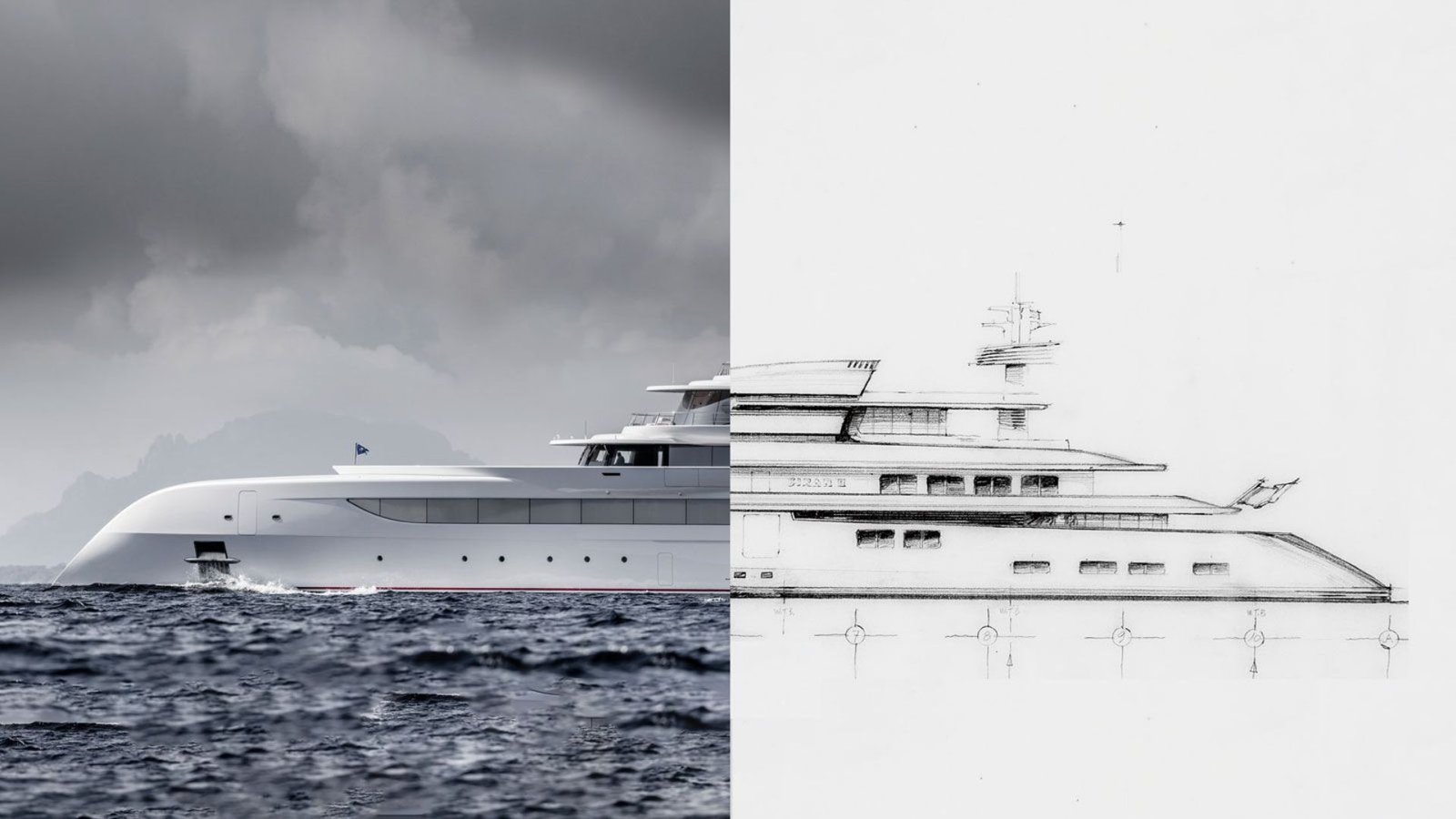Yacht design has undergone a fascinating transformation over the centuries, moving from traditional wooden vessels to sleek, modern marvels of engineering. These changes reflect advancements in technology, materials, and the evolving tastes of luxury boat owners. Today’s yachts boast cutting-edge designs that balance aesthetics, functionality, and sustainability while still paying homage to their classic predecessors.

Classic Yacht Design
Classic yachts were characterized by their use of wood, handcrafted detailing, and elegant lines. These vessels, popular during the early 20th century, were built primarily for leisurely cruises rather than speed or high performance. Materials such as teak and mahogany were used extensively, giving classic yachts a warm, natural look. Their designs often featured long bows, narrow hulls, and tall masts, combining the aesthetic of traditional sailboats with luxury craftsmanship.
The timeless beauty of classic yachts is still admired today, with many owners opting to restore or maintain older vessels. These yachts symbolize a nostalgic connection to the golden age of seafaring and luxury travel.
The Transition
In the mid-20th century, yacht design began to evolve due to the introduction of new materials like fiberglass, aluminum, and steel. These materials were lighter and stronger than wood, allowing for greater flexibility in design and construction. Fiberglass, in particular, revolutionized yacht building by enabling more complex shapes and sleeker hulls that enhanced speed and performance.
During this period, yachts began to incorporate modern engineering techniques, including more powerful engines, advanced navigation systems, and improved hydrodynamics. This transition marked a shift toward performance-driven designs that could travel farther and faster while maintaining the luxury expected in yachts.
Modern Yacht Design
Modern yachts are a testament to technological innovation, blending sleek, minimalist aesthetics with advanced engineering. Today’s designs emphasize streamlined shapes that minimize drag and maximize fuel efficiency. The use of lightweight materials like carbon fiber and high-performance alloys allows for greater speed and maneuverability while maintaining durability.
Modern yachts often feature expansive open decks, large glass panels, and minimalist interiors that create a sense of space and luxury. Smart technology is integrated into every aspect of the yacht, from automated navigation systems to energy-efficient engines and eco-friendly features like solar panels and hybrid propulsion.
Sustainability and the Future of Yacht Design
As environmental concerns grow, sustainability has become a significant focus in yacht design. Designers and builders are now incorporating eco-friendly materials and energy-saving technologies into new models. Hybrid propulsion systems, solar power, and sustainable building materials are becoming more common, allowing yacht owners to enjoy luxury without compromising the environment.
In addition to sustainability, future yacht designs are likely to emphasize customization and personalization. Owners can already work with designers to create bespoke interiors and layouts tailored to their specific preferences and needs, a trend that will likely continue as technology advances.
Conclusion
Yacht design has evolved from the handcrafted elegance of classic wooden vessels to the sleek, high-tech marvels of today. Each era in yacht design reflects the technological advancements and changing tastes of its time, while modern designs focus on performance, sustainability, and innovation. Whether classic or contemporary, yachts continue to represent the ultimate symbol of luxury and freedom on the open seas.

